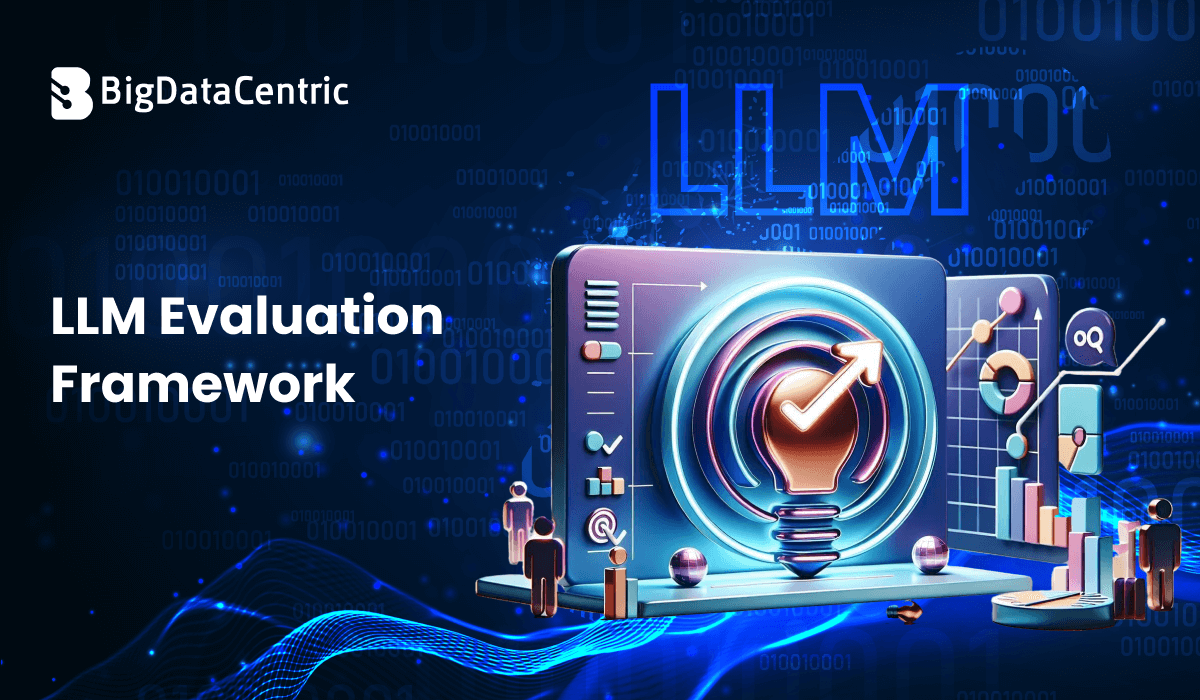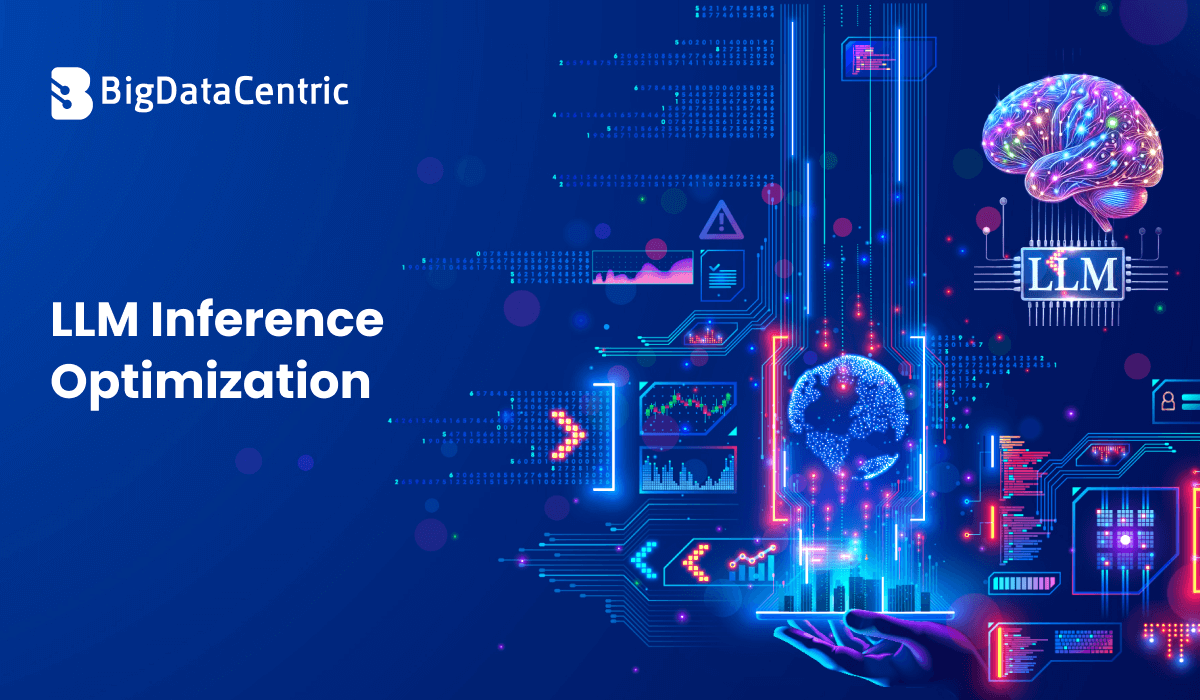Get in Touch With Us
Submitting the form below will ensure a prompt response from us.
As large language models (LLMs) like GPT, Claude, and LLaMA become more integrated into enterprise workflows, evaluating their performance, consistency, and bias has become critical. That’s where an LLM Evaluation Framework comes in.
An LLM Evaluation Framework provides a structured way to measure how effectively an AI model performs across tasks like summarization, code generation, translation, or reasoning.
What is an LLM Evaluation Framework?
An LLM Evaluation Framework is a system or methodology designed to test an LLM’s accuracy, efficiency, fairness, robustness, and safety. It includes test datasets, evaluation metrics, and sometimes human or automated grading mechanisms.
The goal is simple: ensure that your LLM performs reliably under real-world conditions.
Why Does LLM Evaluation Matter?
Evaluating large language models helps teams:
- Identify Weaknesses: Detect factual inaccuracies or hallucinations.
- Ensure Fairness: Minimize gender, racial, or political bias in responses.
- Optimize Performance: Tune prompts or retrain models based on metrics.
- Benchmark Models: Compare different LLMs across use cases.
- Ensure Compliance: Meet ethical and regulatory AI standards.
Without systematic evaluation, LLMs may behave unpredictably or produce biased content.
Components of an LLM Evaluation Framework
- Dataset Selection – Test data should represent the model’s intended use case.
- Evaluation Metrics – Defines what “good performance” means (e.g., accuracy, BLEU, ROUGE).
- Automation Tools – Enable continuous testing through scripts and APIs.
- Human Review Layer – Validates subjective outputs, such as tone or reasoning.
- Visualization and Reporting – Tracks metrics over time and across versions.
You Might Also Like:
Common Evaluation Metrics
| Metric | Description | Use Case |
|---|---|---|
| Accuracy | Measures the correctness of model outputs | Classification |
| BLEU / ROUGE | Compares generated vs. reference text | Translation, summarization |
| Perplexity | Measures fluency of language | Text generation |
| Bias Score | Quantifies potential bias | Ethical evaluation |
| Latency / Cost | Evaluates efficiency | Deployment readiness |
Python Example: Simple LLM Evaluation Script
Here’s a basic example using OpenAI’s API to test LLM performance on multiple prompts:
from openai import OpenAI
import numpy as np
client = OpenAI()
# Sample test prompts
prompts = [
"Translate 'Hello World' to French.",
"Explain quantum computing in one sentence.",
"Generate a Python function to reverse a string."
]
# Ground truth responses
expected = [
"Bonjour le monde.",
"Quantum computing uses quantum bits to perform calculations.",
"def reverse_string(s): return s[::-1]"
]
def evaluate_model(prompts, expected):
scores = []
for i, p in enumerate(prompts):
response = client.responses.create(
model="gpt-4-turbo",
input=p
)
output = response.output_text.strip()
score = len(set(output.split()) & set(expected[i].split())) / len(expected[i].split())
scores.append(score)
print(f"Prompt {i+1}: {score:.2f}")
return np.mean(scores)
avg_score = evaluate_model(prompts, expected)
print(f"Average LLM Evaluation Score: {avg_score:.2f}")This script uses a simple lexical overlap metric (shared words) to estimate similarity between model output and expected answers.
Advanced Evaluation Frameworks
If you’re working at scale, you can explore professional-grade frameworks like:
- OpenAI Evals – Built-in evaluation tooling for GPT models.
- TruLens – Adds observability and evaluation for LLM apps.
- LangSmith – LangChain’s evaluation and tracing tool.
- Helm – A Stanford project for benchmarking LLMs across multiple tasks.
These tools automate dataset loading, scoring, and reporting — perfect for enterprise-grade evaluation.
Python Example: Using “TruLens” for Evaluation
from trulens_eval import Tru, Feedback
tru = Tru()
# Example feedback function (semantic similarity)
fb = Feedback(lambda prompt, output: "machine learning" in output.lower())
# Log evaluation
with tru.record() as rec:
output = "Machine learning helps computers learn from data."
fb(prompt="What is ML?", output=output)
print("Feedback Score:", fb)This example implements a simple feedback loop to automatically evaluate model responses.
Evaluate Your LLM with Precision
We design automated LLM evaluation frameworks to test, fine-tune, and benchmark large language models effectively.
Conclusion
An LLM Evaluation Framework is essential for maintaining quality, fairness, and reliability in AI systems. Whether you’re building chatbots, summarization tools, or knowledge assistants, regular evaluation ensures consistent and safe outputs.
By combining automated metrics with human insight, organizations can confidently deploy trustworthy, transparent, and high-performing LLM applications.













